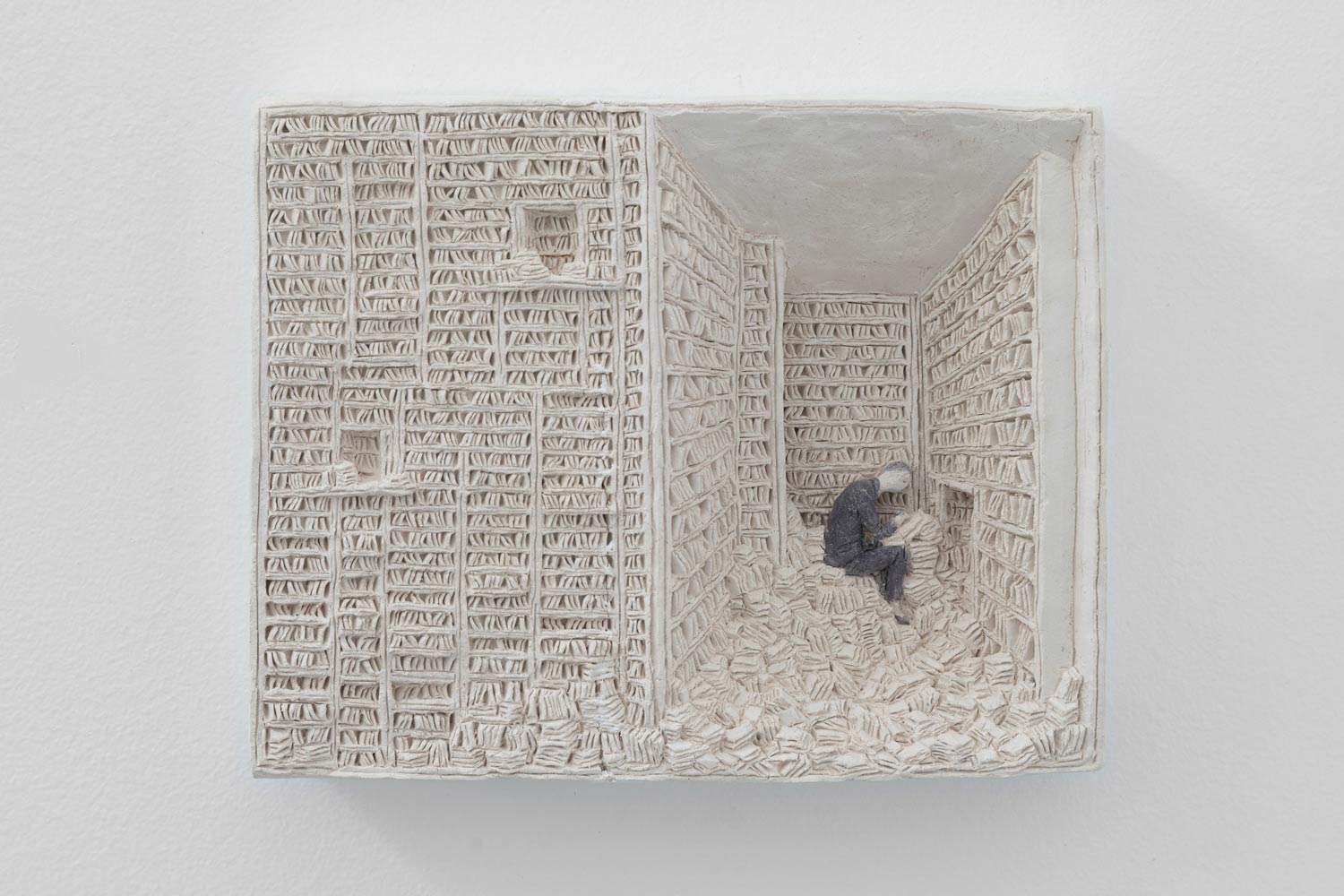In Milan, the dreams and narratives of Pino Deodato in an extensive retrospective over two venues
From September 13 to October 28, the two Milan galleries Il Milione and Dep Art are organizing the exhibition Pino Deodato. Vede lontano, an extensive exhibition, exceptionally divided between two venues, that brings together about eighty works by Pino Deodato (Vibo Valentia, 1950): these works, like pieces of a large mosaic, reconstruct the last forty years of Deodato’s research (from the 1980s to the present), with a special focus on that moment in his career that marked the transition from painting to sculpture, a theme to which the exhibition at Galleria Il Milione is dedicated, to reach his most recent production, shown instead at Dep Art Gallery. The exhibition itinerary, curated by Alberto Mattia Martini, highlights the author’s desire to “guide us in a narrative journey through images,” finding, now in painting now in sculpture, the best tool to express himself.
At Galleria Il Milione, about fifty works are exhibited, highlighting the transition from pictorial to sculptural language, starting in the 1980s. The works are organized in installations collected by subjects that juxtapose both pictorial (less recent) and sculptural (more current) works to which sometimes the artist has attributed the same title, underscoring how Deodato has, over the years, moved from one medium to another to tell the same “story,” further corroborating and investigating the concepts. It is precisely the titles that play a fundamental role in the artist’s work, becoming an integral and necessary part of the works, making them more evocative on the one hand and clearer in the message they carry on the other.
Mangiava le lucciole per vedci meglio, Non ci sono più ciliegie, Un popolo di piante, Chiodo fisso: all works that the public can find in the halls of Il Milione, among the most emblematic of the author’s thought, who has always wanted to express through simple materials, such as terracotta and paper, profound ethical, aesthetic and philosophical issues that are close to contemporary man’s heart.
The Dep Art Gallery exhibits about thirty works made since 2010. The space on the upper floor is mainly dedicated to one of Deodato’s iconic subjects, that of "Libraries," sometimes understood as a source of knowledge, sometimes as trenches in which man entrenches himself. In these sculptures, the artist places his little character (recurring in most of his works) as he tries to appropriate all human knowledge, believing he can find Truth in it, another theme to which the artist has long devoted himself.
On the lower floor, on the other hand, there is an impressive installation entitled “The Conductor”: vases, or cups, of various shapes and sizes and with strong iconographic symbolism, seem to turn toward a “little man” who directs them like musical instruments.
Pino Deodato uses a language made of extreme synthesis to reclaim the profound values that today’s civilization seems to have lost: “I try to deal with complex themes in a simple way,” says the artist, “which is then what art should do: make difficult subjects accessible to everyone.” Significant in this sense is the work Vede lontano, from which the exhibition takes its title, which acts as a trait d’union between the two exhibition venues since a version of it is exhibited in both: “In one, a man positioned at the apex of a parallelepiped observes the world below him; in the other, he is suspended in the void as he peers into a telescope-cone. A sort of privileged vantage point from which to investigate and thus reflect on contemporaneity,” the curator explains.
The exhibition is accompanied by two publications, published by the two galleries, with texts by Alberto Mattia Martini.
Image: Pino Deodato, The Poet’s House (2021; polychrome terracotta, 20 x 26 x 5 cm)
 |
| In Milan, the dreams and narratives of Pino Deodato in an extensive retrospective over two venues |
Warning: the translation into English of the original Italian article was created using automatic tools. We undertake to review all articles, but we do not guarantee the total absence of inaccuracies in the translation due to the program. You can find the original by clicking on the ITA button. If you find any mistake,please contact us.




























